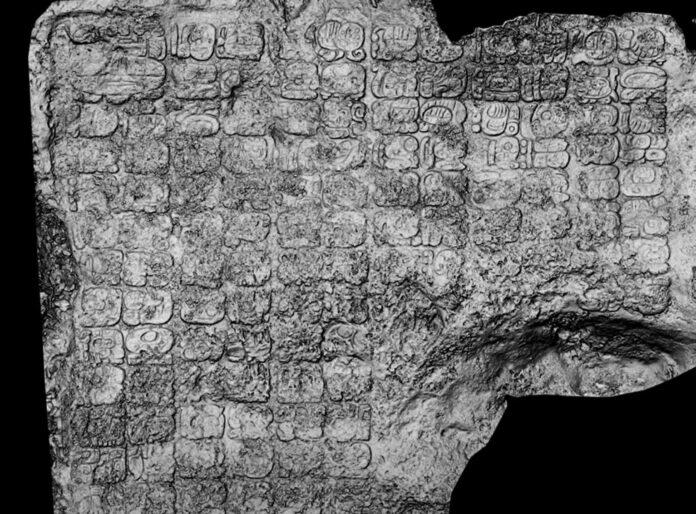Groundbreaking Discovery Near Iconic Nohoch Mul Pyramid
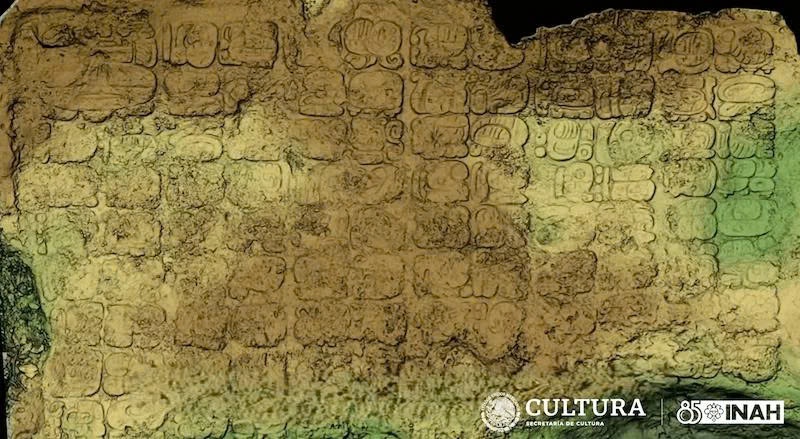
Archaeologists from Mexico’s National Institute of Anthropology and History (INAH) have made a remarkable discovery in the Archaeological Zone of Cobá, Quintana Roo. A massive stone panel, etched with intricate Maya hieroglyphs, has been unearthed near the majestic Nohoch Mul pyramid, offering unprecedented insights into the ancient city’s rich history.
A Window into 1,300 Years of Maya Civilization
The panel, spanning over 11 square meters, contains 123 hieroglyphic cartouches forming an L-shaped inscription. This monumental find provides a unique glimpse into Cobá’s continuous habitation from 100 B.C. to 1200 A.D., cementing its status as a major Maya cultural and political center.
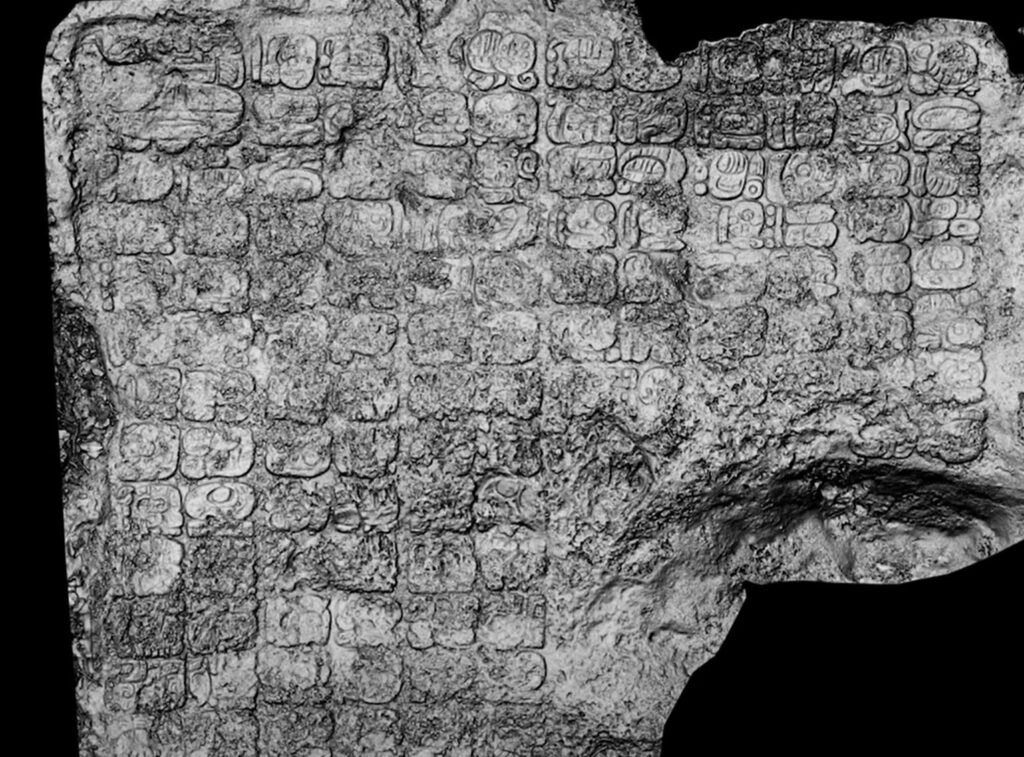
Unveiling K’awiil Ch’ak Chéen: A Lost King Emerges
Perhaps the most exciting revelation from the panel is the identification of K’awiil Ch’ak Chéen, a previously unknown Maya ruler. This discovery completes Cobá’s dynastic sequence, filling a crucial gap in our understanding of the city-state’s governance. The inscription also sheds light on the city’s founding date, May 12, 569 A.D., when it was established as Keh Witz Nal or “Mountain of the Deer.”
Divine Rulers and Mythical Foundations
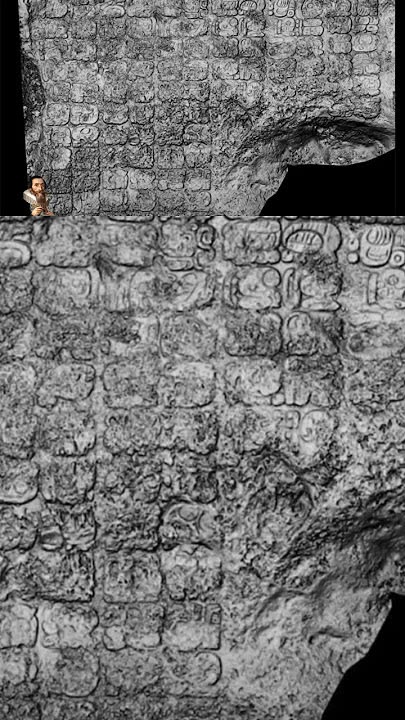
The hieroglyphic text weaves together historical events and mythical narratives, revealing that many of Cobá’s rulers adopted the name of the god K’awil. This practice was believed to imbue them with divine attributes as protectors of the city. The inscription also describes a pantheon of tutelary gods who founded Cobá, including Bolón Tz’akab Ajaw, the Lord of countless generations, credited with establishing the maize and cacao dynasties.
Preserving the Past, Illuminating the Future
Using cutting-edge technology, researchers have created three-dimensional models of the panel, ensuring its preservation and facilitating deeper epigraphic studies. This discovery, part of the Archaeological Zones Improvement Program (Promeza) linked to the Maya Train project, promises to revolutionize our understanding of ancient Maya civilization and Cobá’s pivotal role in its history.
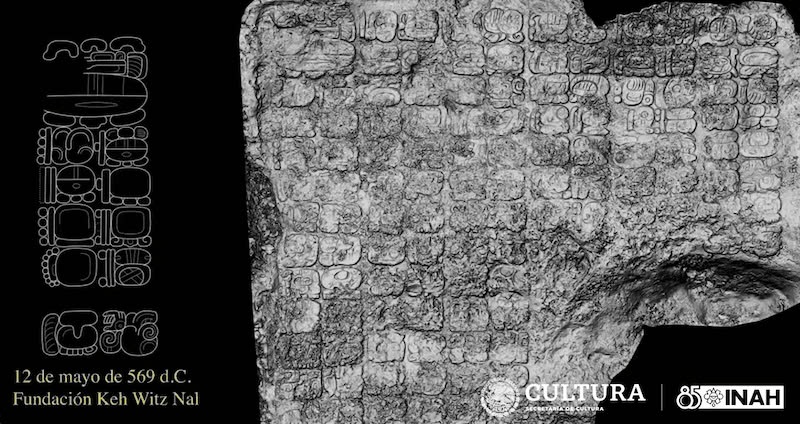
As we continue to unravel the secrets of this extraordinary find, the stone panel of Cobá stands as a testament to the enduring legacy and complex society of the ancient Maya, inviting us to explore the depths of their remarkable culture.
